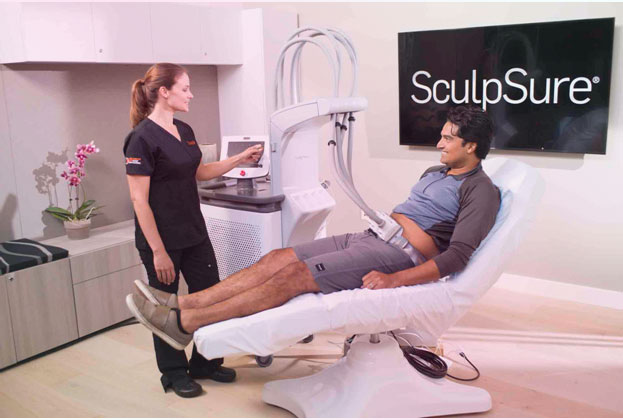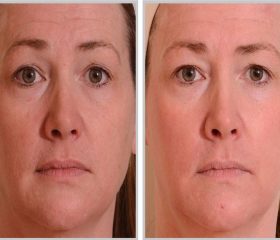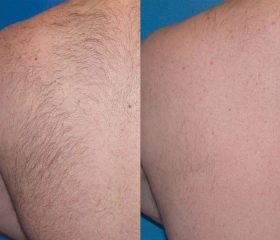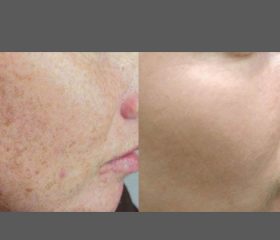What is PRP?
Platelet rich plasma, usually referred to as “PRP’, is a non-agent, lasting answer for conditions, for example, joint inflammation and tendon/ligament sprains and tears. Using the body’s regular recuperating process, PRP treatment is a grouping of platelets that are infused into the harmed tendons, ligaments, and joints to advance tissue fix and quicken mending. Platelets are wealthy in development and recuperating factors which implies, by and large, a harmed individual can return to an agony free life in four to about a month and a half.
PRP was made mainstream by expert competitors and end of the week warriors through its treatment of season-finishing indications including swelling, solidness, aggravation, delicacy, and agony.
The Benefit of Platelet Rich Plasma Treatment, a Non-operative Option PRP presents patients with an enduring, lasting arrangement that won’t wear off after some time likewise with a customary agony infusion. Hence, the utilization of PRP could enable a patient to keep away from joint substitution medical procedure, and conceivably back medical procedure. With any treatment choice, the viability of the treatment relies on the seriousness of the damage.

How is PRP Created?
Formation of PRP is basic, effortless, and advantageously done at an office visit. The whole procedure of attracting blood to arrangement planning just takes roughly 25-30 minutes. A little measure of blood is drawn from the patient, much the same as a normal blood test.
When the blood is drawn it is then put into an axis. The rotator is a machine that turns the blood at high speeds so as to isolate the blood into red platelets and concentrated platelets.
When the blood is isolated the red platelets are disposed of, and we are left with concentrated platelet rich plasma (PRP) which is prepared to be utilized in the treatment procedure.
HOW ARE THE PRP INJECTIONS ADMINISTERED? ARE THE INJECTIONS PAINFUL?
The injection procedure does not take over 60 minutes, which incorporates the formation of the PRP as clarified previously. The platelet-rich part is gathered and infused once more into the harmed ligament, tendon, muscle, joint, or circle that has been resolved to be a wellspring of torment and isn’t recuperating fittingly.
At the point when structures around the spine are being infused, x-beam (i.e. fluoroscopy) direction is utilized to guarantee sheltered and appropriate arrangement of PRP at the influenced site. In the furthest points, ultrasound-direction is generally used to infuse PRP into the suitable ligament, tendon or joint that is being focused on.
Infusions are performed under picture direction to guarantee exact arrangement of PRP. The quantity of infusions fluctuates dependent on every patient’s individualized condition yet commonly run somewhere in the range of two to six infusions done after some time. Patients commonly encounter critical decrease in torment after the first or second infusion.
As a rule PRP infusions are not difficult; be that as it may, the inconvenience level relies upon the piece of the body being dealt with. Infusions into the joint are of negligible distress. There is in some cases a little measure of agony after the strategy; in any case, this does not last in excess of a couple of days and can be limited with over the counter Tylenol. It is basic to maintain a strategic distance from mitigating meds, for example, Aleve, Motrin, Celebrex, Naprosyn, and Mobic. These medications may hinder the recuperating procedure.
When Can I Expect to Feel Better?
The advantage to PRP treatment is that not normal for different medications it has a supported result and is ordered as a perpetual fix.
The time period for encountering results is needy upon the zone of damage and the degree of the damage. By and large, most patients begin to see indications of enhancement as diminished torment or expanded capacity inside four to about a month and a half.
Proceeding with a very much structured course of active recuperation and shirking of forceful physical movement or over-burdening the infused tissues is exhorted in the weeks that pursue the infusions. This is done to enable the tissues to recuperate best.
Are There Risks with PRP?
Overall, PRP is an especially safe treatment option with no risk of allergic reaction because it is your own blood. However, anytime a needle is placed in the body, there is a risk of infection, bleeding, and nerve damage. These risks do not happen often and are very rare. Other risks depend on the area being treated. If you are unsure of the risks of your specific condition, consult your physician.
Frequently Asked Questions
Lorem ipsum dolor sit amet, consectetur adipiscing elit. Curabitur eget leo at velit imperdiet varius. In eu ipsum vitae velit congue iaculis vitae at risus. Nullam tortor nunc, bibendum vitae semper a, volutpat eget massa.
Lorem ipsum dolor sit amet, consectetur adipiscing elit. Curabitur eget leo at velit imperdiet varius. In eu ipsum vitae velit congue iaculis vitae at risus. Nullam tortor nunc, bibendum vitae semper a, volutpat eget massa.
Lorem ipsum dolor sit amet, consectetur adipiscing elit. Curabitur eget leo at velit imperdiet varius. In eu ipsum vitae velit congue iaculis vitae at risus. Nullam tortor nunc, bibendum vitae semper a, volutpat eget massa.
Lorem ipsum dolor sit amet, consectetur adipiscing elit. Curabitur eget leo at velit imperdiet varius. In eu ipsum vitae velit congue iaculis vitae at risus. Nullam tortor nunc, bibendum vitae semper a, volutpat eget massa.
Lorem ipsum dolor sit amet, consectetur adipiscing elit. Curabitur eget leo at velit imperdiet varius. In eu ipsum vitae velit congue iaculis vitae at risus. Nullam tortor nunc, bibendum vitae semper a, volutpat eget massa.




